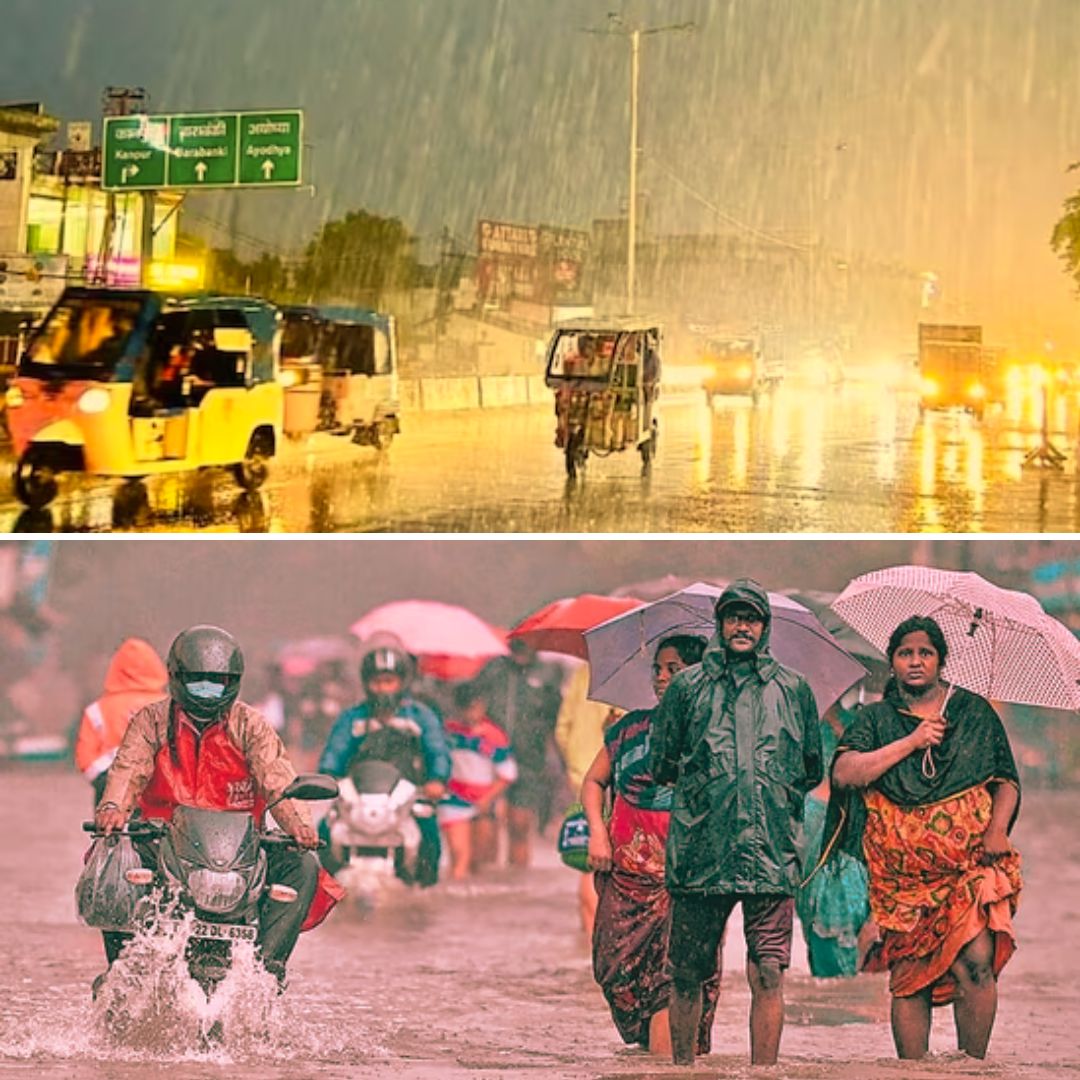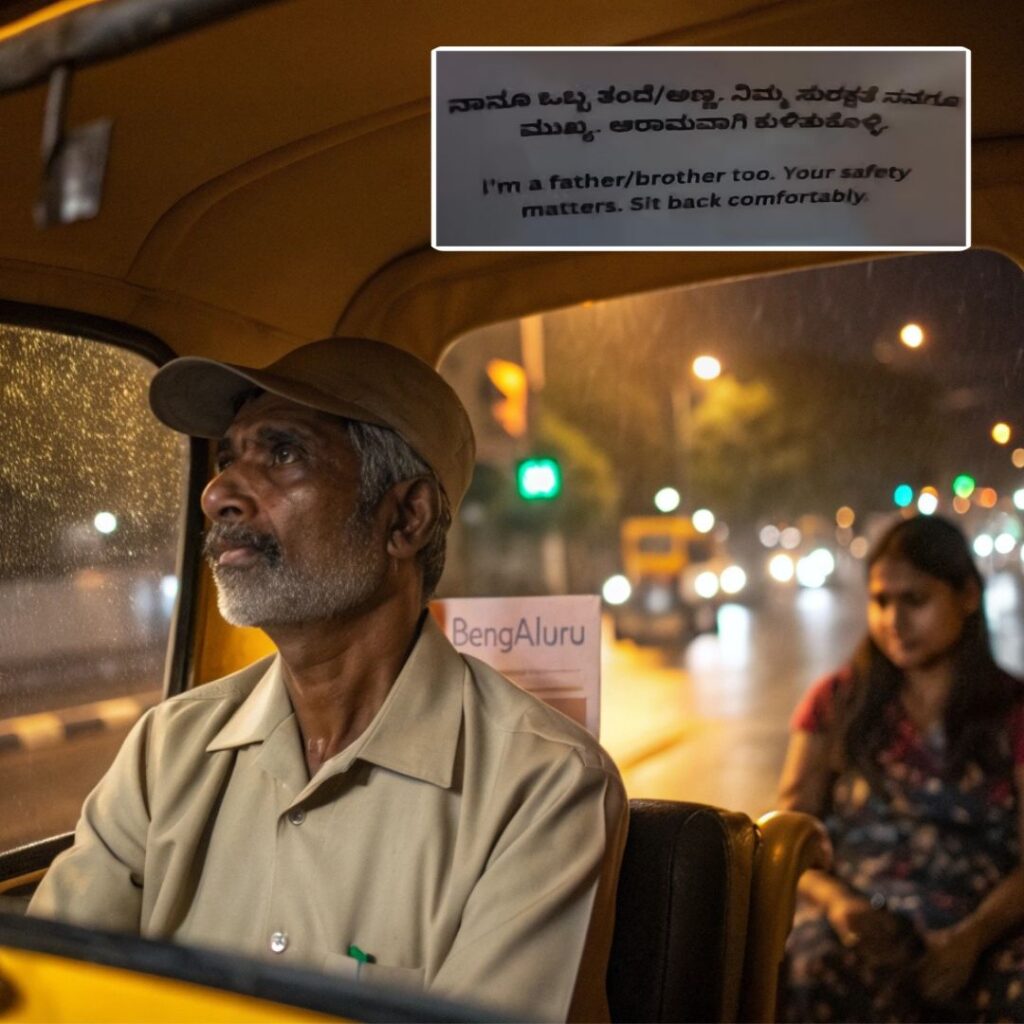Recent severe weather conditions have resulted in significant loss of life across Bihar, Uttar Pradesh, and Jharkhand. Bihar reported 58 fatalities due to lightning strikes and storm-related accidents, with Nalanda being the worst-hit district. Uttar Pradesh saw 22 deaths across 15 districts, while Jharkhand reported four injuries.
Chief Ministers Nitish Kumar and Yogi Adityanath have announced compensation of ₹4 lakh each for the families of the deceased. The rain brought relief from the heat but also caused disruptions, including waterlogging and power outages. The India Meteorological Department (IMD) has issued warnings for continued thunderstorms and gusty winds across several regions.
Impact and Response
The severe weather in Bihar led to 23 deaths from lightning strikes and 35 from storm-related incidents, including collapsing structures during heavy rain and strong winds. Nalanda reported 22 fatalities due to powerful gusts, while other districts like Bhojpur, Gaya, and Siwan also suffered losses.
Chief Minister Nitish Kumar expressed deep sorrow and announced compensation for the victims’ families. In Uttar Pradesh, the fatalities were spread across districts such as Fatehpur and Azamgarh. Chief Minister Yogi Adityanath directed officials to expedite relief measures, emphasizing the need for swift action to support affected communities.
The IMD has warned of continued thunderstorms and gusty winds in Bihar, with isolated hailstorms expected in Jharkhand and parts of Madhya Pradesh. This has prompted local authorities to remain vigilant and ensure that emergency services are readily available.
Context and Precedents
The recent severe weather is part of a broader pattern of unpredictable climate events affecting India. Prior to these storms, a heatwave spell prevailed over many areas in northwest and central India, with severe heatwave conditions in West Rajasthan and Himachal Pradesh.
The rain, while providing relief, highlights the vulnerability of rural and urban areas to extreme weather conditions. In Bihar, disaster management warnings were issued, advising people to stay indoors during storms. Despite these efforts, the impact was significant, with widespread damage to infrastructure and agriculture.
The IMD predicts a fall in maximum temperatures by 3–5°C over Northwest, Central, and West India for the next few days, followed by a gradual rise from April 13 onwards. This fluctuation in weather patterns underscores the importance of robust climate monitoring and preparedness strategies.
Widespread damages across Bihar due to heavy rains.
— With Love Bihar (@WithLoveBihar) April 10, 2025
Over 50 deaths have been reported so far. More casualties are feared.
Stay safe . #PrayForBihar pic.twitter.com/LgIaBa9FqQ
The Logical Indian’s Perspective
The tragic loss of lives due to severe weather conditions underscores the need for enhanced climate resilience and disaster preparedness. As we extend condolences to the affected families, it is crucial to reflect on how we can collectively work towards reducing the impact of such events.
This includes investing in early warning systems, strengthening infrastructure, and promoting sustainable practices. Additionally, fostering community awareness and education about safety measures during extreme weather events is vital. It is also important to address the socio-economic factors that exacerbate vulnerability to natural disasters, such as inadequate housing and lack of access to emergency services.
As we strive for a more resilient future, we must ask: How can we balance economic growth with environmental sustainability to ensure that our communities are better equipped to face the challenges of climate change?
▪️#Bihar में पिछले 24 घंटों में बारिश से जुड़ी घटनाओं में 58 लोगों की जान चली गई।
— आकाशवाणी समाचार (@AIRNewsHindi) April 11, 2025
▪️भारी बारिश, तेज हवाएं और बिजली गिरने से राज्य में जान-माल का भारी नुकसान हुआ।
▪️सबसे ज्यादा मौतें नालंदा जिले में हुईं जहां पेड़ उखड़ने और दीवारें गिरने से 22 लोगों की जान गई। @airnews_patna pic.twitter.com/XZXwyB6FT5












